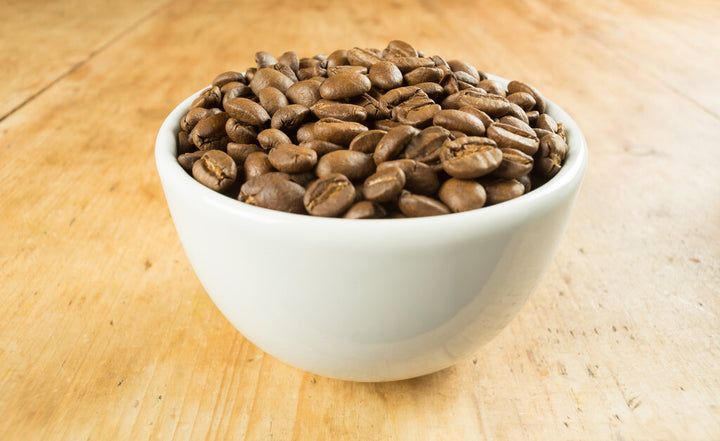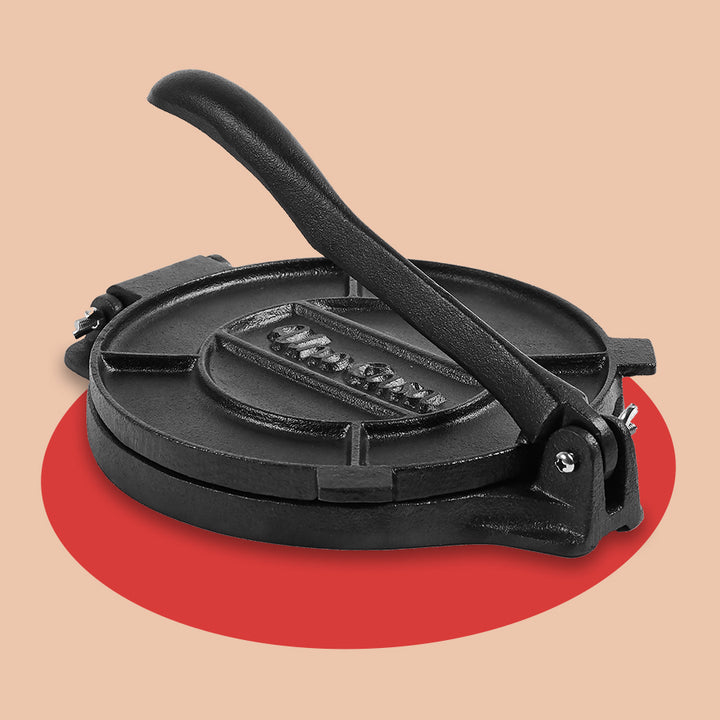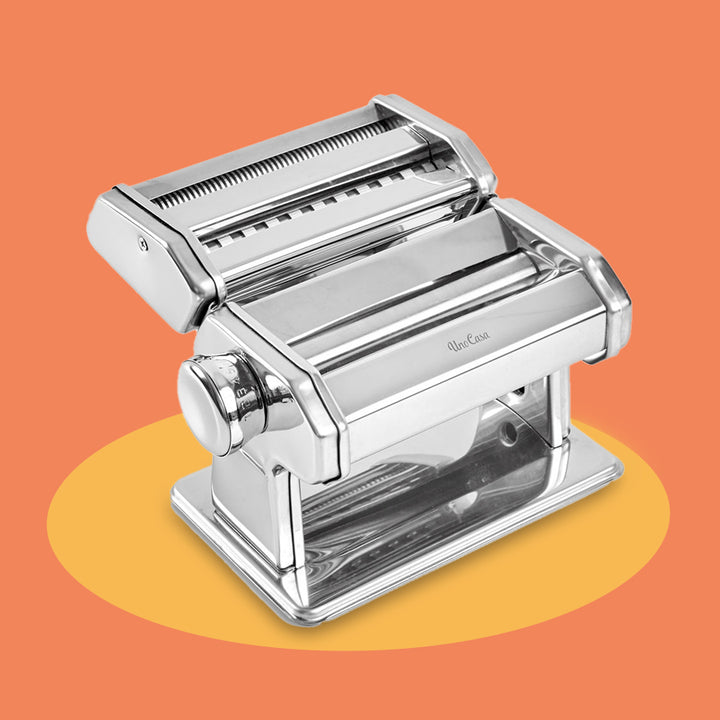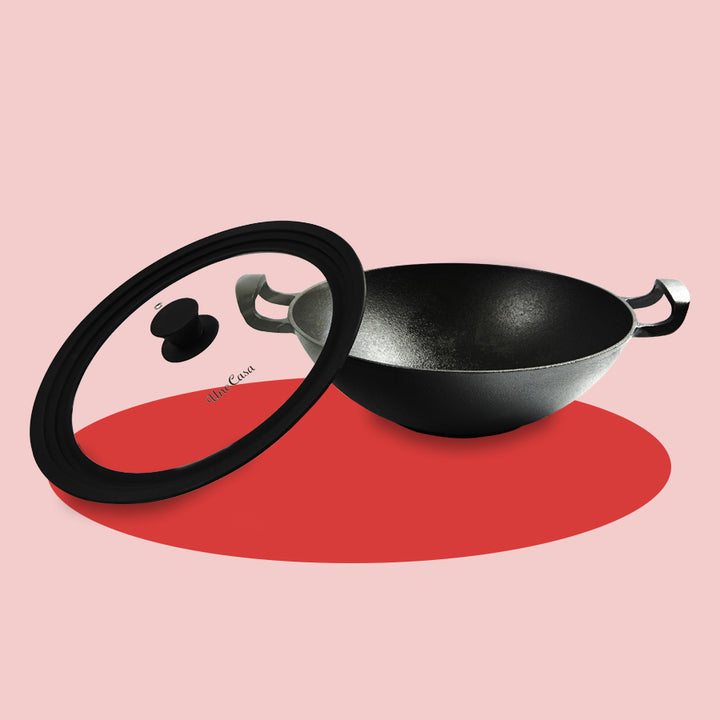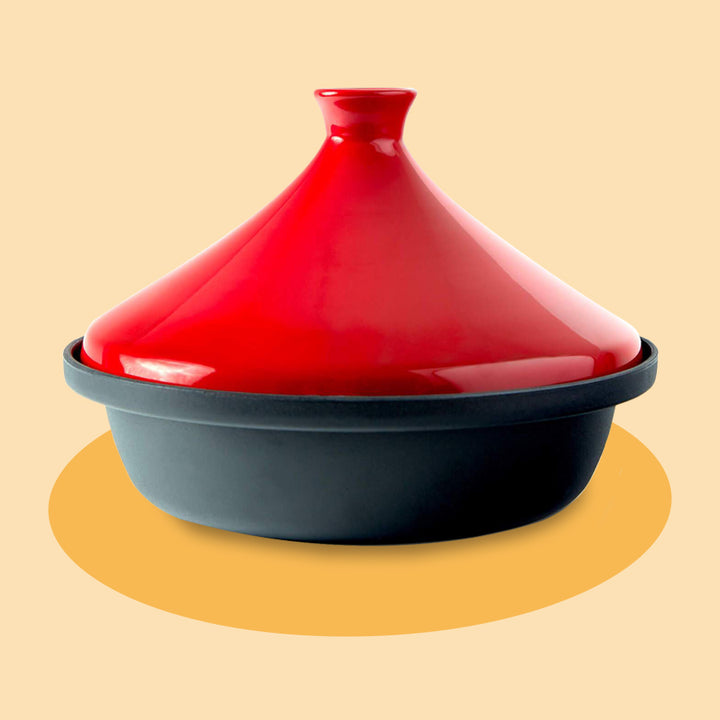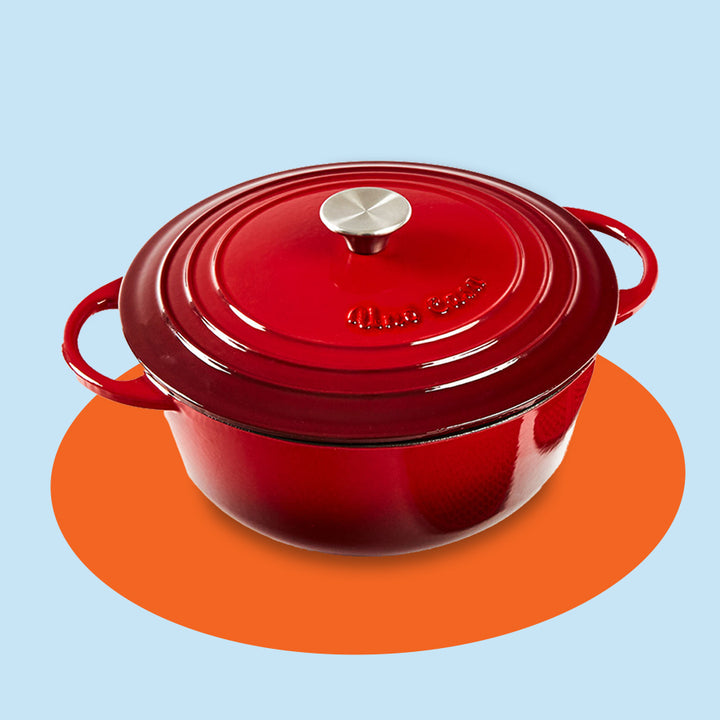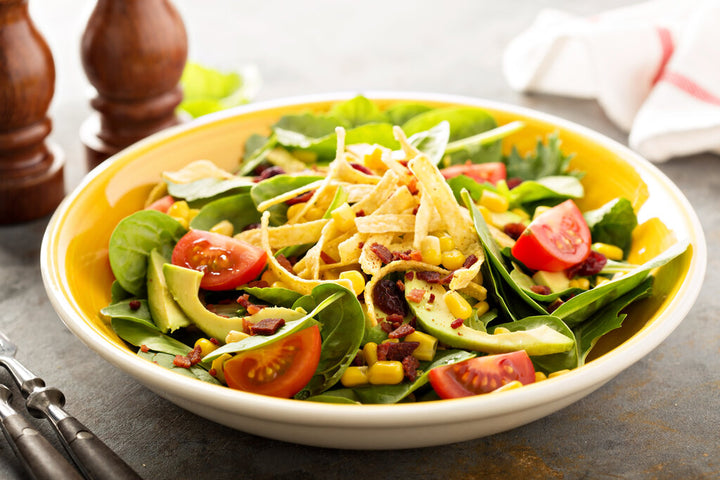What is Semolina: Everything You Need to Know

What is semolina? You may not know this, but semolina is a staple ingredient in many parts of the world.
Semolina is a type of flour used in many classic dishes around the world. If you've ever tried pasta in Italy or couscous from Morocco, then you've most likely tasted semolina before. We bet it was delicious!
Semolina is prepared from durum wheat and has a range of health benefits that compare favorably to other popular types of flour, such as white flour or whole wheat flour.
In this article, we explore the history, uses, and nutritional content of semolina flour to find answers to all of the questions surrounding this versatile flour!
What is semolina?
Semolina is a type of flour produced from ground durum wheat (a distinctive species of wheat). Semolina flour is the base for pasta, couscous, sweet semolina puddings, and many different types of bread. It's coarse in texture and a dark shade of yellow. If you were to run your hands through a mound of semolina flour, you would notice a gritty texture.
Semolina flour has been around for thousands of years, and the word 'semolina' is directly derived from a Latin word that means "flour." It's particularly popular in the Mediterranean world. However, many think it originated in the Central Asian region as long ago as 7000BC, where durum wheat was first cultivated in the east.
You'll find that there are various names for semolina, even in the English language. Its associations with Italy lend people to call it Italian flour, semolina flour pasta, or pasta flour. Because it's produced from durum wheat, some might label it as durum flour, durum wheat flour, or durum wheat semolina.
Semolina flour has a considerable gluten content, which is why it's particularly suited for pasta and couscous. With a high gluten content, the pasta can easily hold its shape while being cooked. A high gluten content does ensure that semolina is not suitable for anyone with a gluten-intolerance, a low carb diet plan, or celiac's disease.
Here are the key features of durum flour:
- Used for thousands of years to produce pasta, couscous, puddings, and bread.
- Yellow in color and coarse in texture.
- High in gluten and high carbs.
- Made from ground durum wheat.
Different types of semolina flour
While you can find different brands and varieties of semolina worldwide, these are always divided between two distinctive 'types' of semolina flour.
There's coarse semolina and fine semolina.
All semolina flour is produced from durum wheat and has a coarse texture, but there is still a significant difference between coarse and fine semolina.
Coarse semolina has a much grittier feel and is the type of flour used for pasta and couscous. Fine semolina is much softer and silkier. It's been ground down much more efficiently and had larger chunks of durum wheat removed. Fine semolina is best used for desserts and puddings, where the chef desires a smoother, creamier consistency.
If you're searching for semolina flour in your local shop, you'll find it in both varieties in the flour or baking aisle.
What is semolina used for?
Semolina has a vast range of uses globally, and different countries and cultures have their own unique semolina traditions and recipes.
As we already noted, the most common uses are as pasta, couscous, bread, and semolina puddings. There are many more uses than this and many ways to start to use semolina in your home cooking.
For example, although Italians are best known for using semolina to produce their famed pasta, durum flour often finds its way into pizza dough. Semolina creates an elastic dough, which is perfect for both of these uses. Across many other European countries, semolina is turned into a porridge and heavily sweetened to produce a dessert often topped with honey or jam. In contrast, in other parts of the world, semolina finds its way into stews or forms the basis of bread.
Homemade semolina pasta
The easiest way to get started cooking with semolina is to prepare homemade pasta in your home kitchen. It's surprisingly simple, requiring just a few ingredients and a pasta maker to make the work much, much easier!
Semolina is the traditional flour that's been used for centuries to produce pasta in Italy, so if you're trying to be authentic, then this is the way to make your own pasta. A simple semolina pasta recipe needs just three basic ingredients:
- Semolina flour (coarse)
- Eggs
- Salt
Make a mound of the semolina flour, but create a small well in the top. Crack a few eggs into the well, add a pinch of salt, and beat the eggs. Once you beat the eggs, slowly fold the semolina flour into the eggs to create a dough that you can knead into shape. Leave the dough to sit for half an hour before using a rolling pin and a pasta maker to shape it into the pasta you love best.
Once you've mastered the relatively simple art of creating semolina dough, you can start to get creative by turning the dough into different pasta shapes. You can make simple spaghetti or long fettuccine, or you can shape large lasagna sheets or mold mountains of macaroni.
What are some semolina substitutes?
Semolina is the best type of flour for homemade pasta, but there are other substitutes you can use instead.
Semolina is often replaced in recipes by all-purpose flour, which of course, can be used in almost any situation that calls for flour. However, suppose you don't have semolina. In that case, a closer alternative is going to be wholewheat flour, which is darker and coarser than white flour with an equally high gluten content that achieves the necessary level of elasticity and strength for pasta. Other alternatives include bread flour, which also produces a firm dough, or almond flour, which is perfect for anyone in need of gluten-free flour for their diet!
To summarise, you can use the following as a semolina flour substitute:
- All-purpose flour
- Wholewheat flour
- Bread flour
- Almond flour
Is semolina healthy?
Most other flours are made from different wheat, not from durum wheat. The vast majority of flours around the world are produced from "common wheat."
While there are differences in the texture (notably, semolina is much coarser than other flours), there are also significant differences in these different flours' nutritional values.
When we're answering the question, what is semolina, we also need to be looking at how healthy semolina is compared to other common flours. As with many ingredients, there are both positive health benefits and negative health benefits.
Does semolina have gluten?
We've already touched upon the most important dietary implication that comes from eating semolina-based products. Namely, it's high gluten content. The gluten is necessary to produce firm pasta and bread that won't fall apart, but high gluten content can be a nightmare for many people.
Semolina has considerably higher levels of gluten than other flours, such as all-purpose or wholewheat flour. Consuming large quantities of semolina-based products can lead to dietary problems, such as bloating, while anyone with a gluten-intolerance should steer far away from semolina!
Is semolina flour healthier than other flour?
Semolina flour does have nutritional benefits, although whether semolina flour is 'healthier' than other flour is a matter of debate.
Let's take a quick look at the nutritional value of different flours to compare.
Semolina nutrition:
1/3 cup of semolina flour
- 198 calories
- 40 grams of carbohydrates
- 7 grams of protein
- 1 gram of fat
- 7% of fiber RDI
- 13% of iron RDI
Wholewheat flour nutrition:
1/3 cup of wholewheat flour
- 130 calories
- 26 grams of carbohydrates
- 5 grams of protein
- 0 grams of fat
- 10% of fiber RDI
- 10% of iron RDI
As you can see, durum flour is higher in calories, fat, protein, and carbohydrates than a similar quantity of wholewheat flour. For anyone exercising regularly, this can be a huge benefit in terms of energy and calorie intake. However, on the negative side, large quantities of semolina consumption can lead to weight gain if not balanced out.
Semolina is high in protein, however, which other flours lack, and there are several other vitamins present that we've not yet mentioned, including essential B Vitamins and antioxidants.
Now you know everything there is to know about semolina flour!
From the calorie content of one serving of semolina to the wide geographic spread of durum wheat in culinary techniques worldwide, now you know everything there is to know about semolina flour!
This common flour is a staple crop in many different countries, providing a solid base for classic food items that include Italian pasta and Moroccan couscous. It might be high in carbohydrates, but it's packed full of protein, iron, and fiber too.
Leave a comment
Comments will be approved before showing up.
Also in Tips
